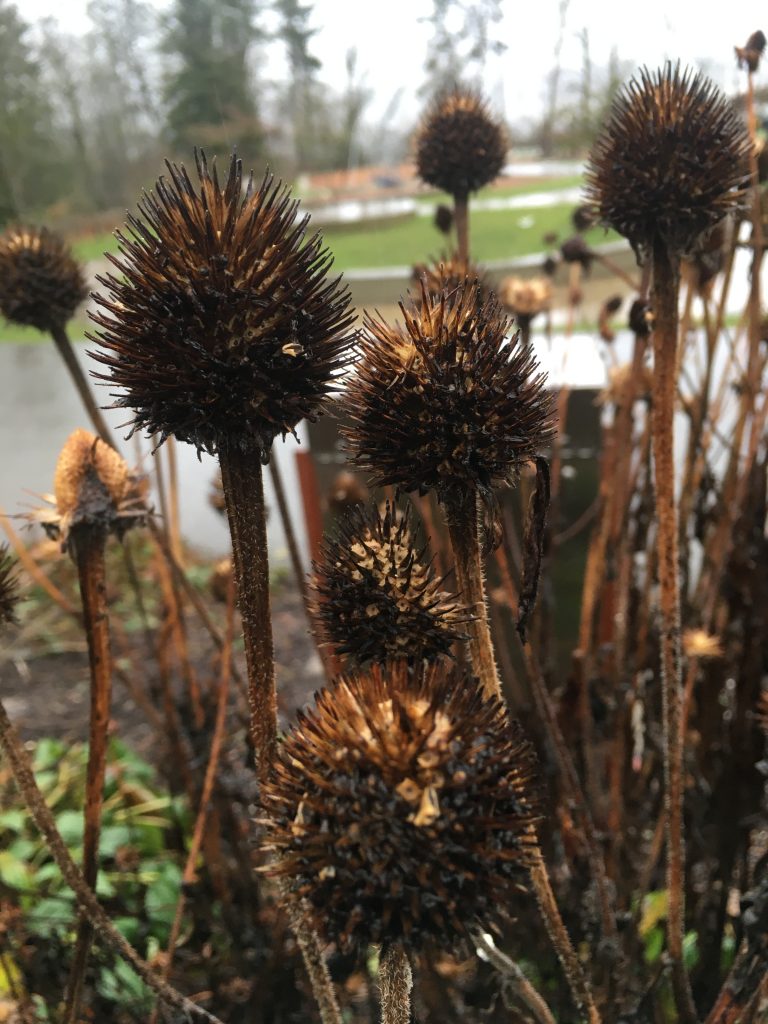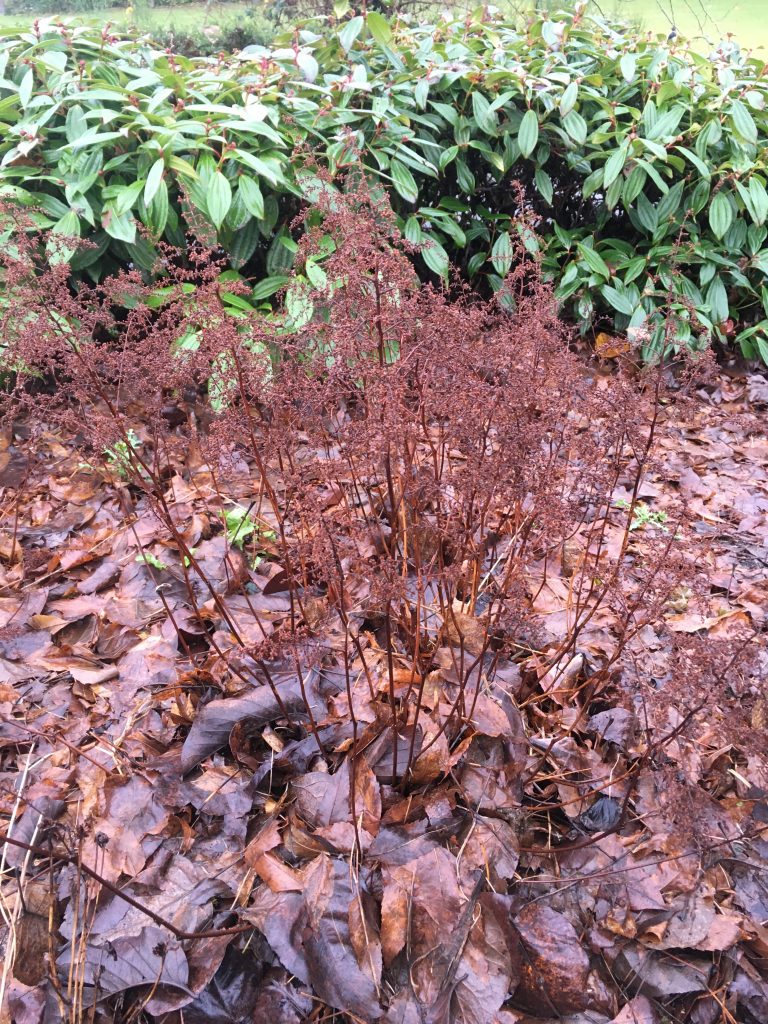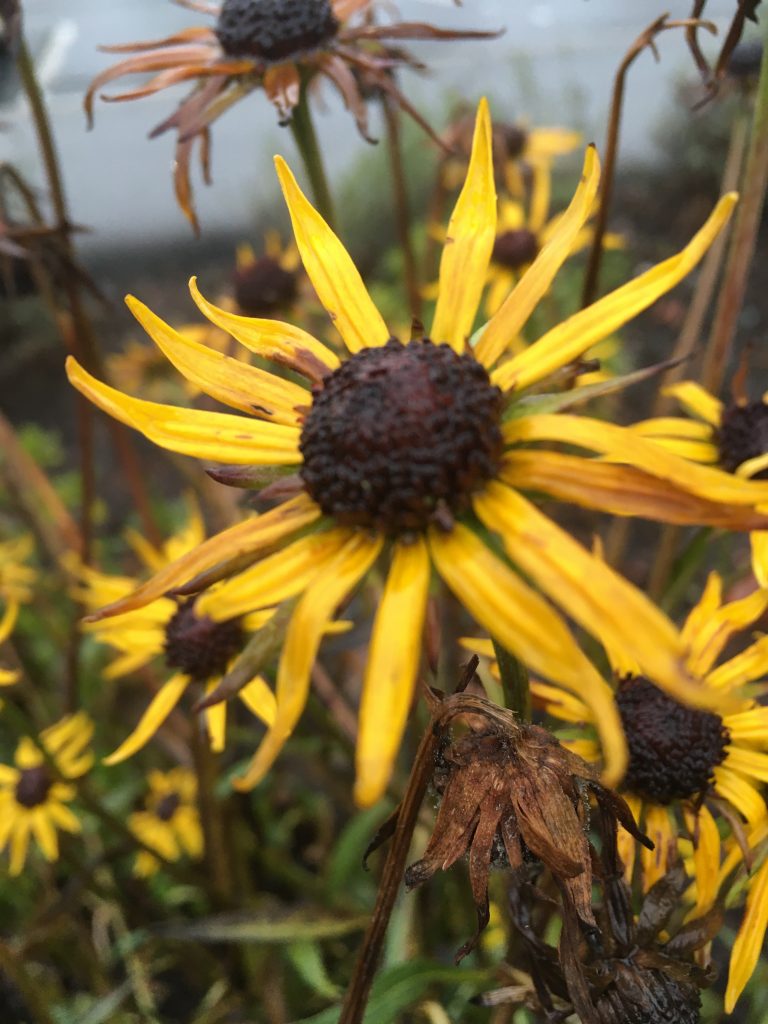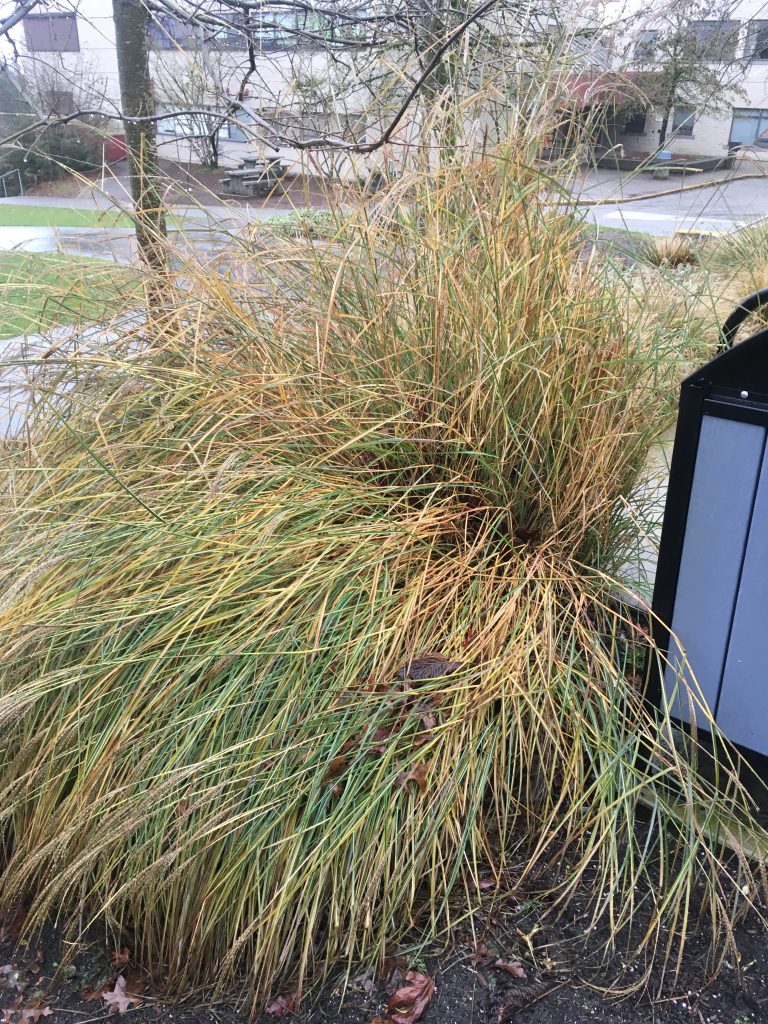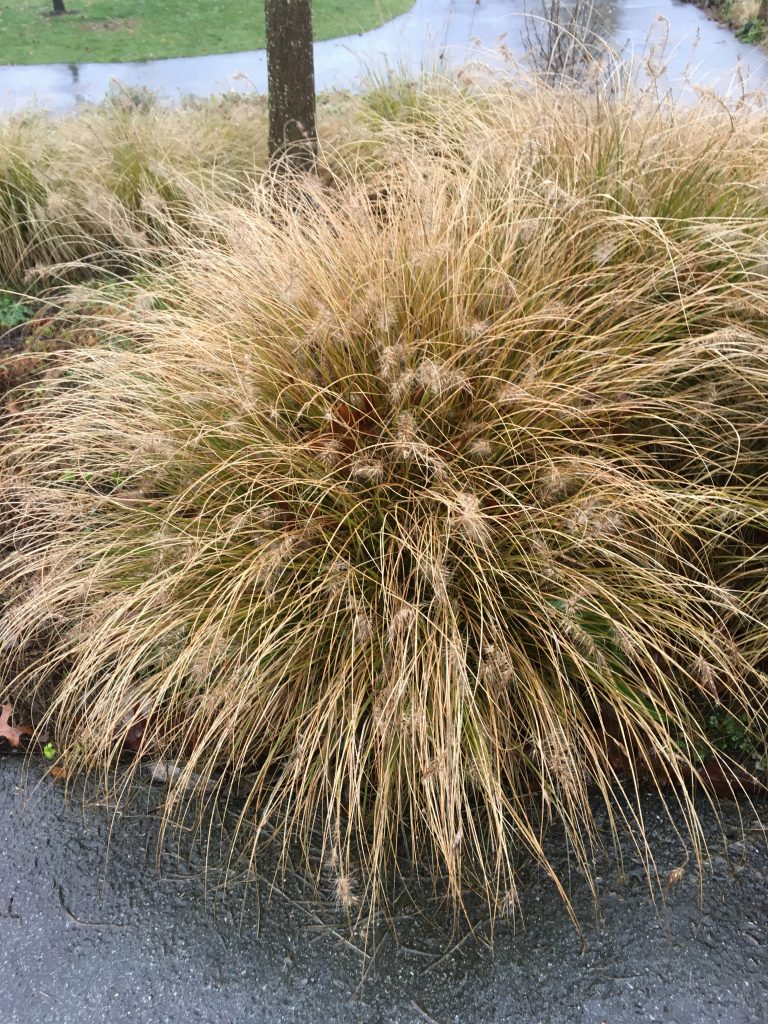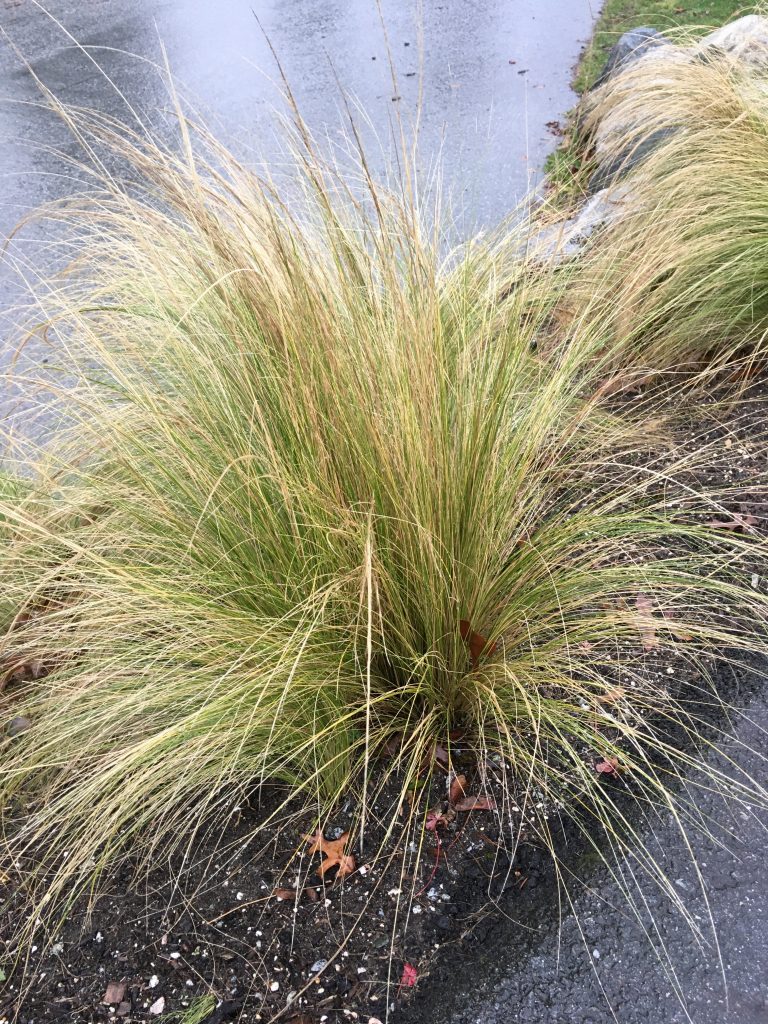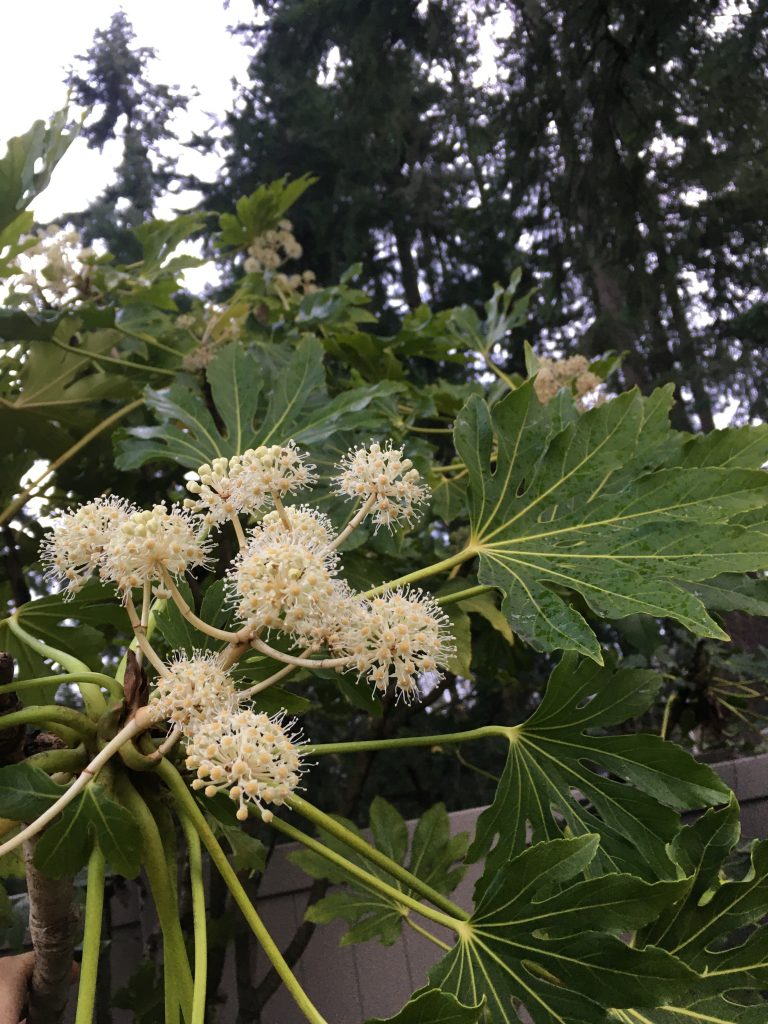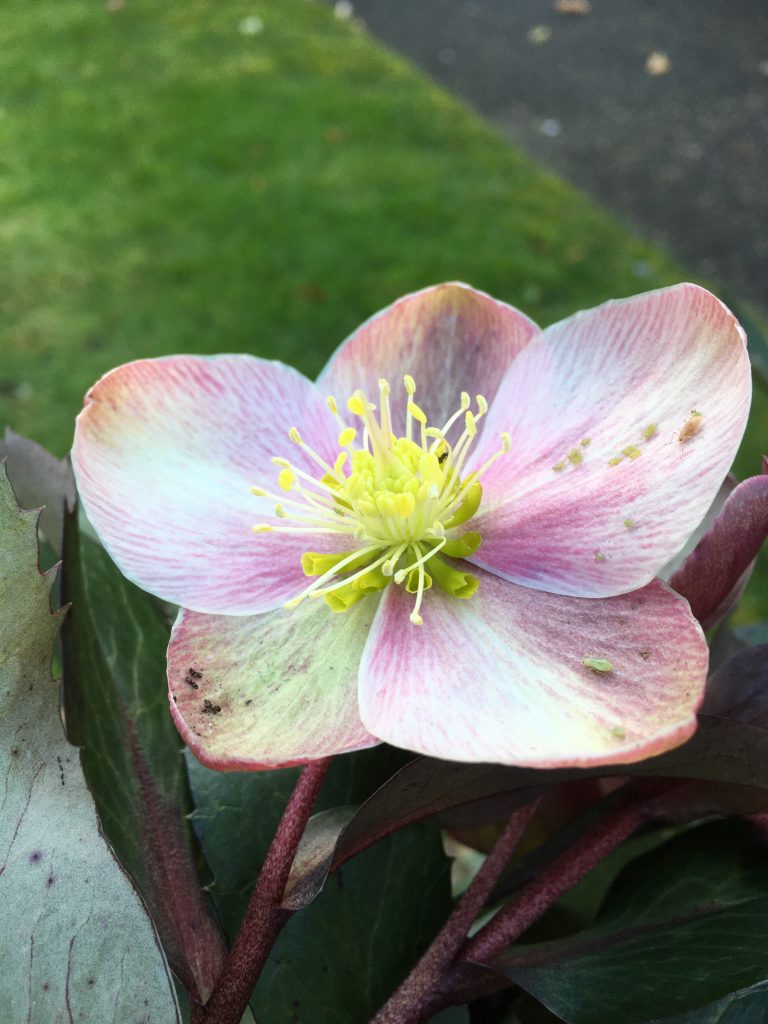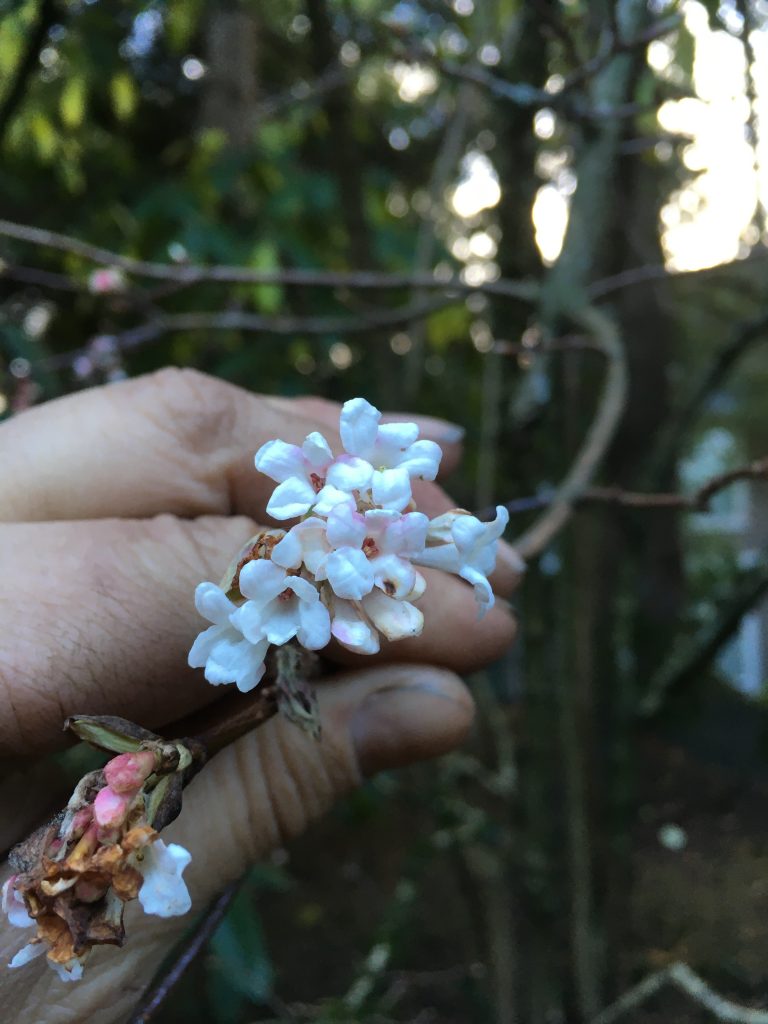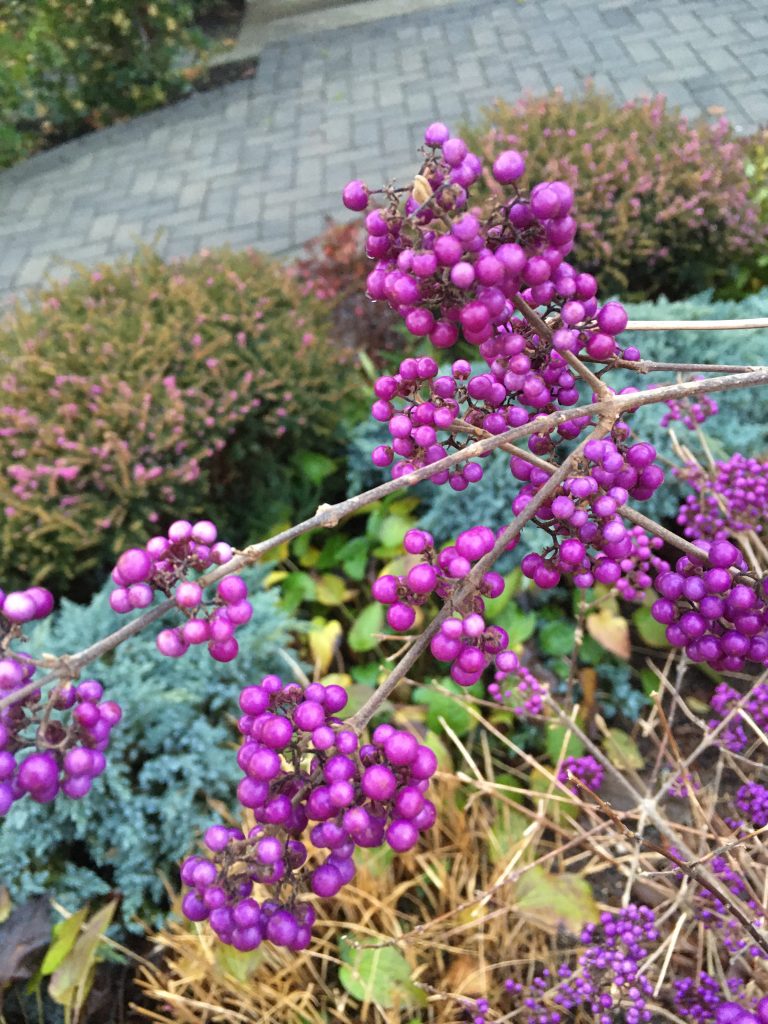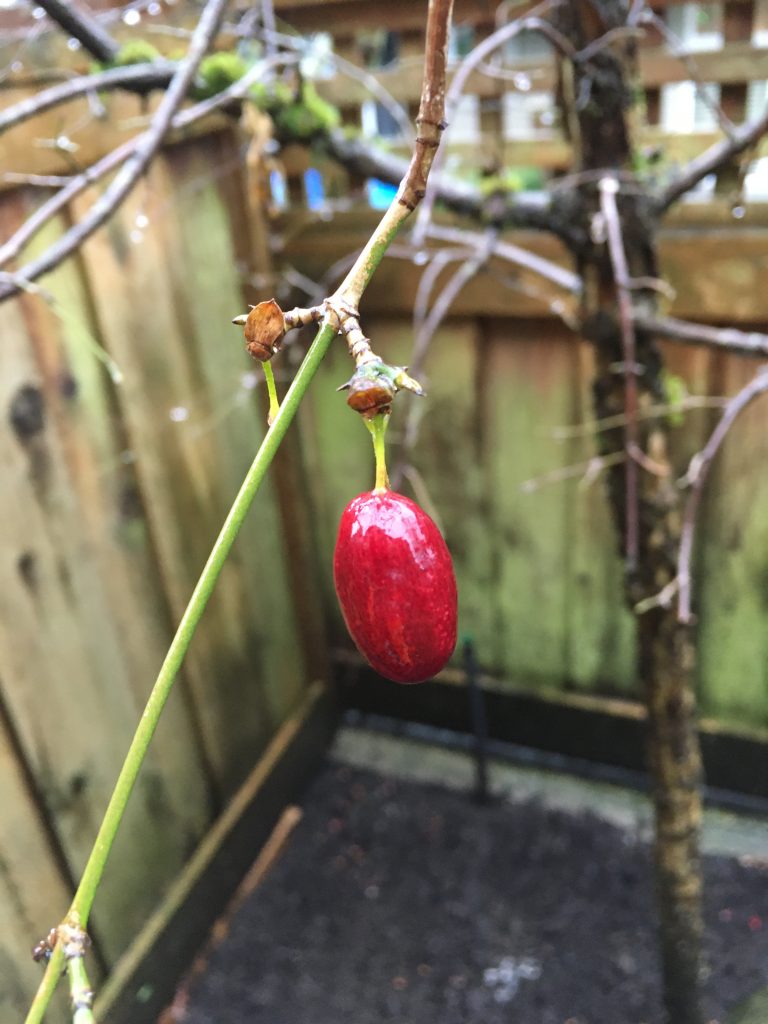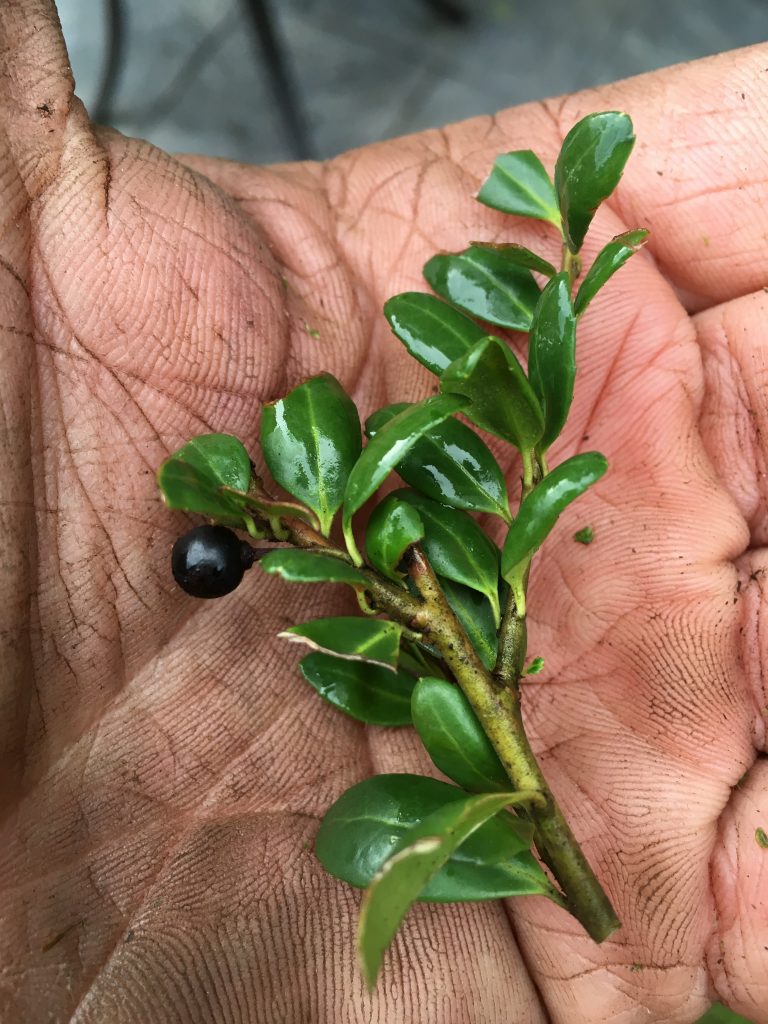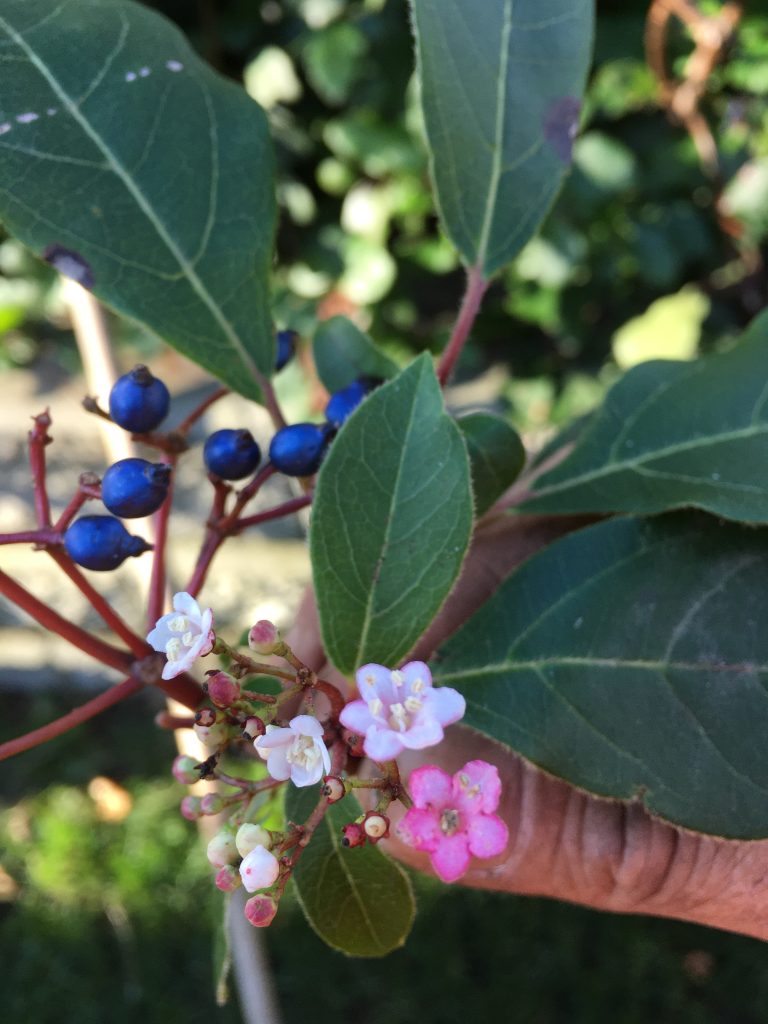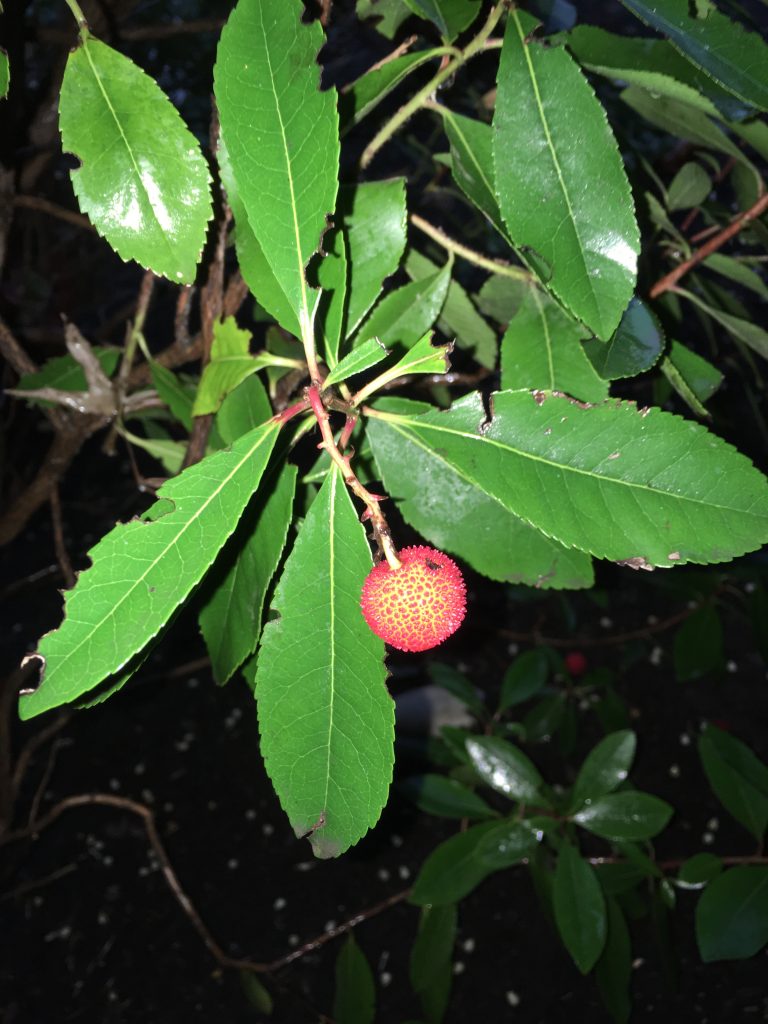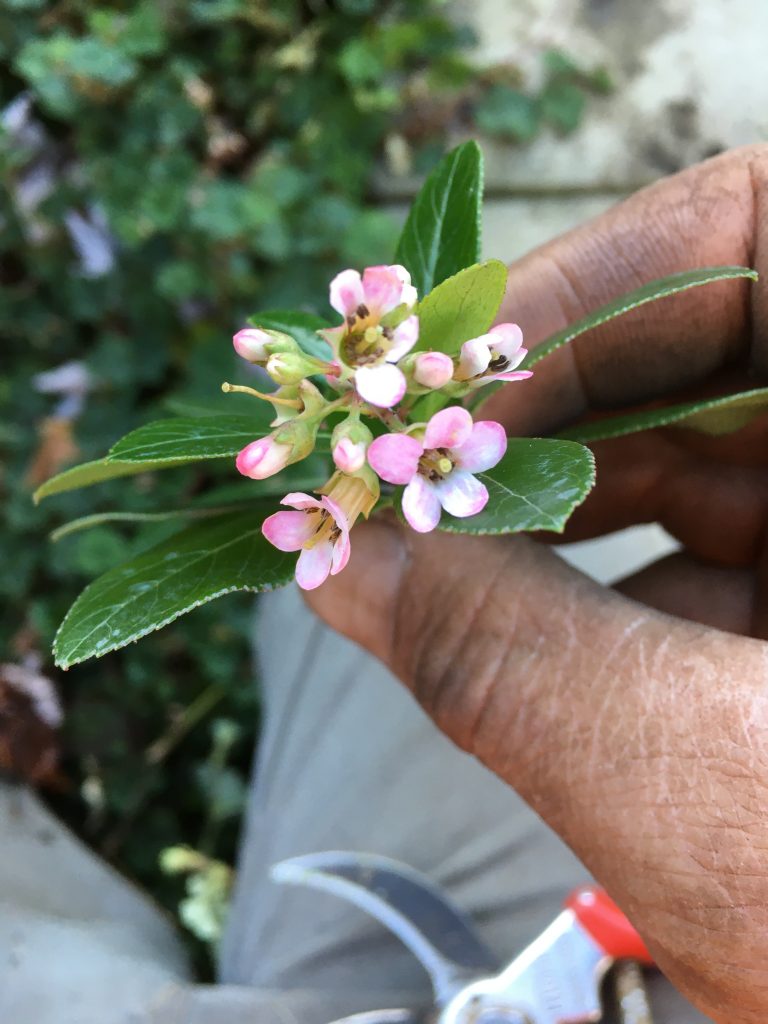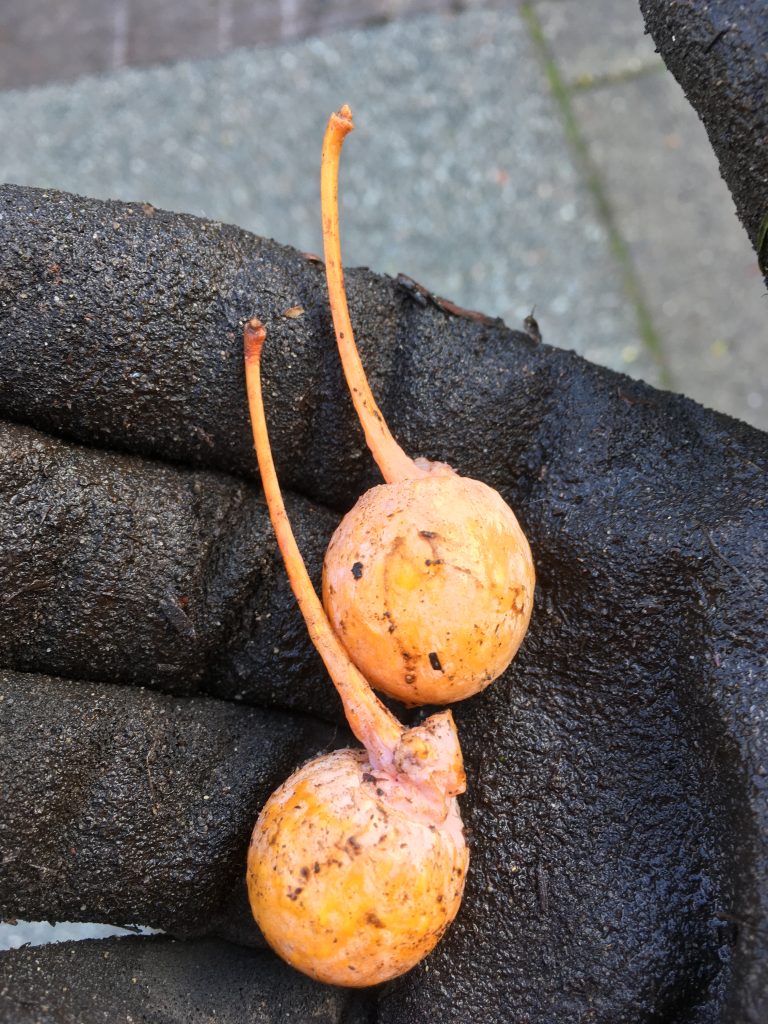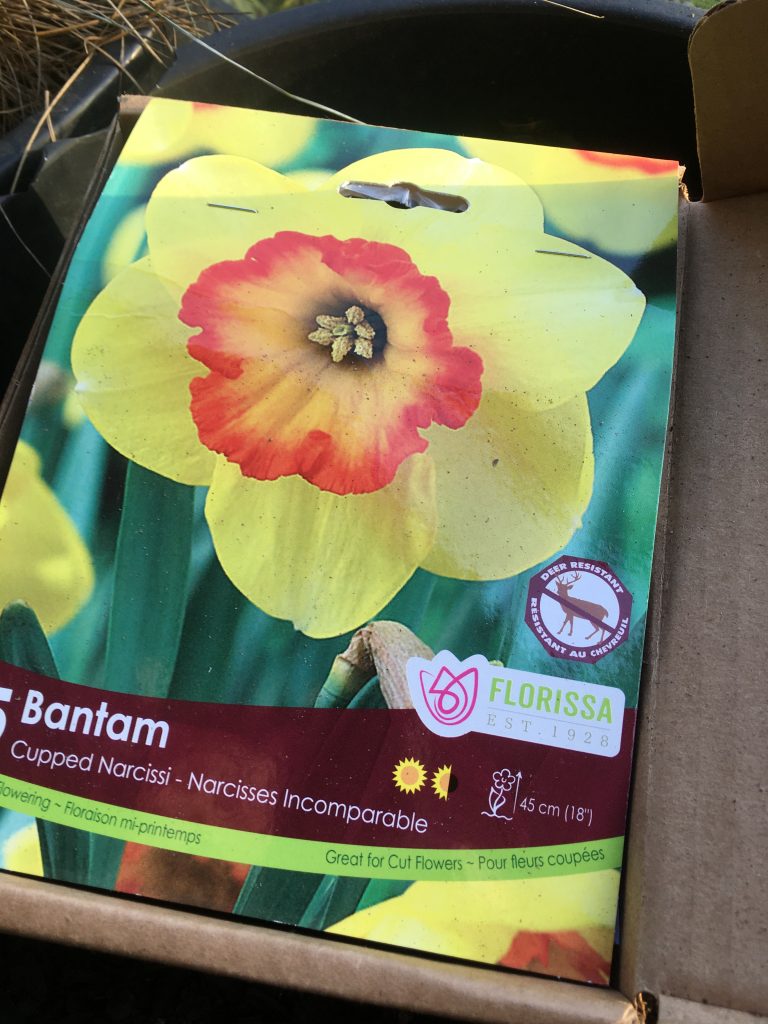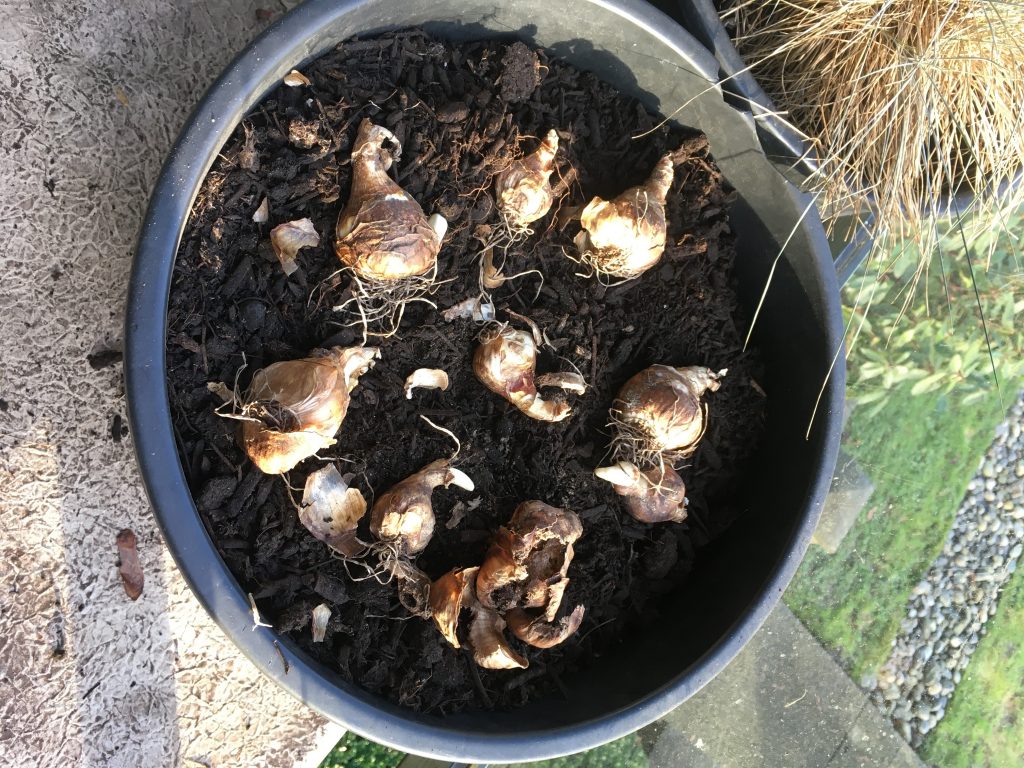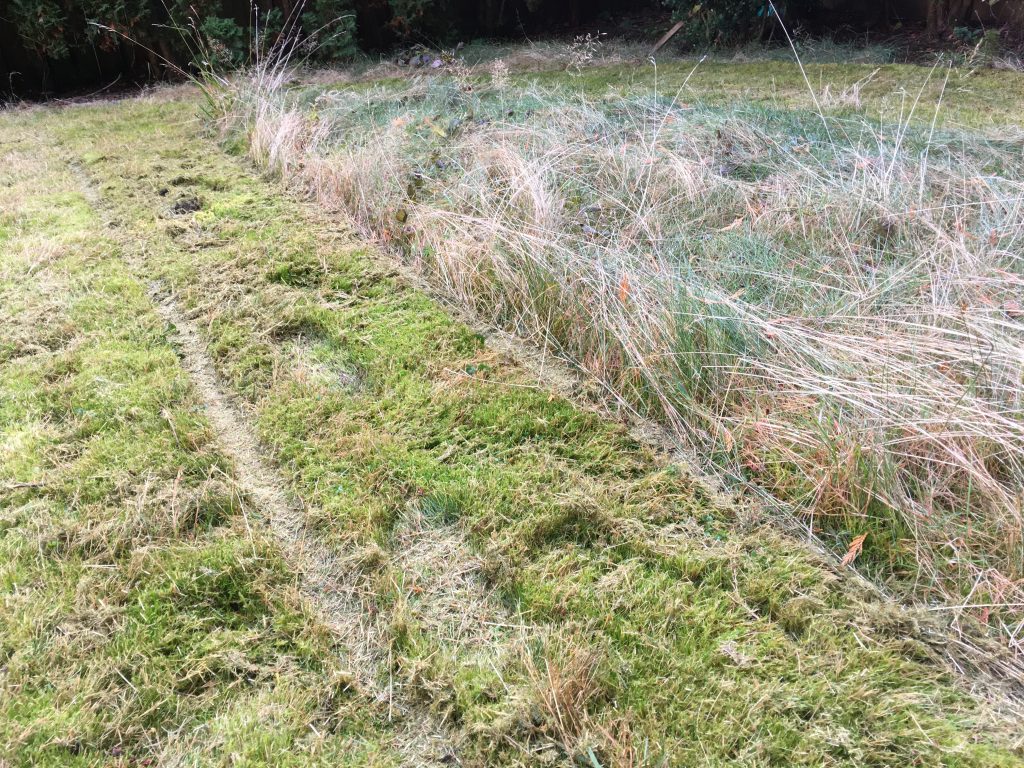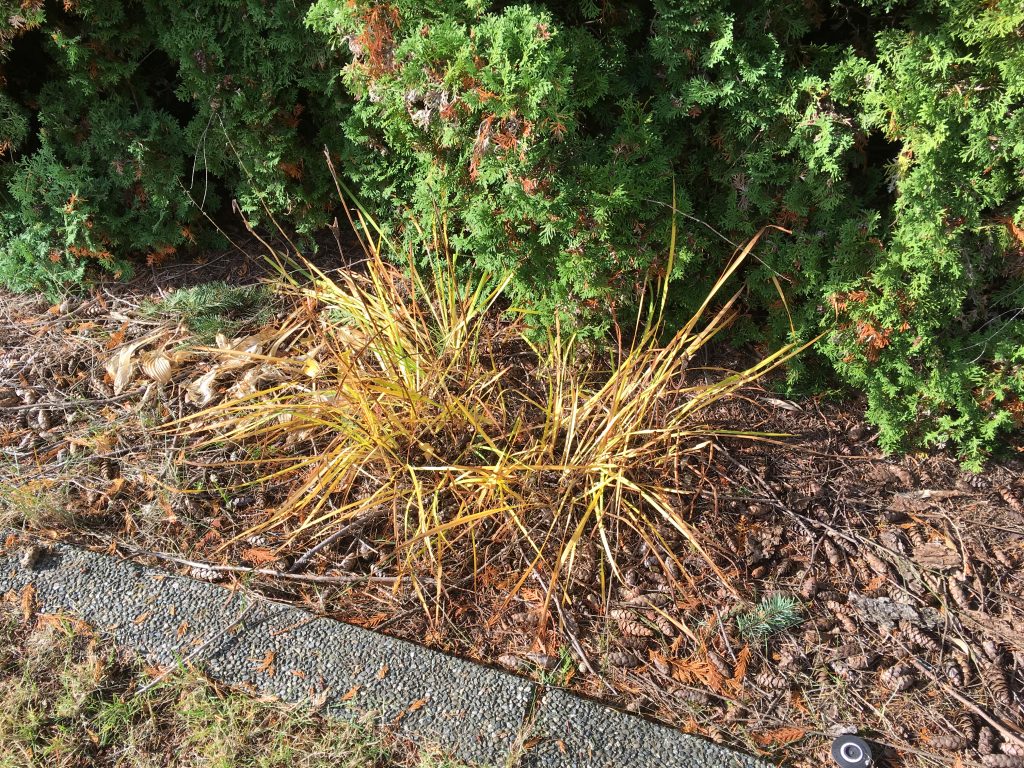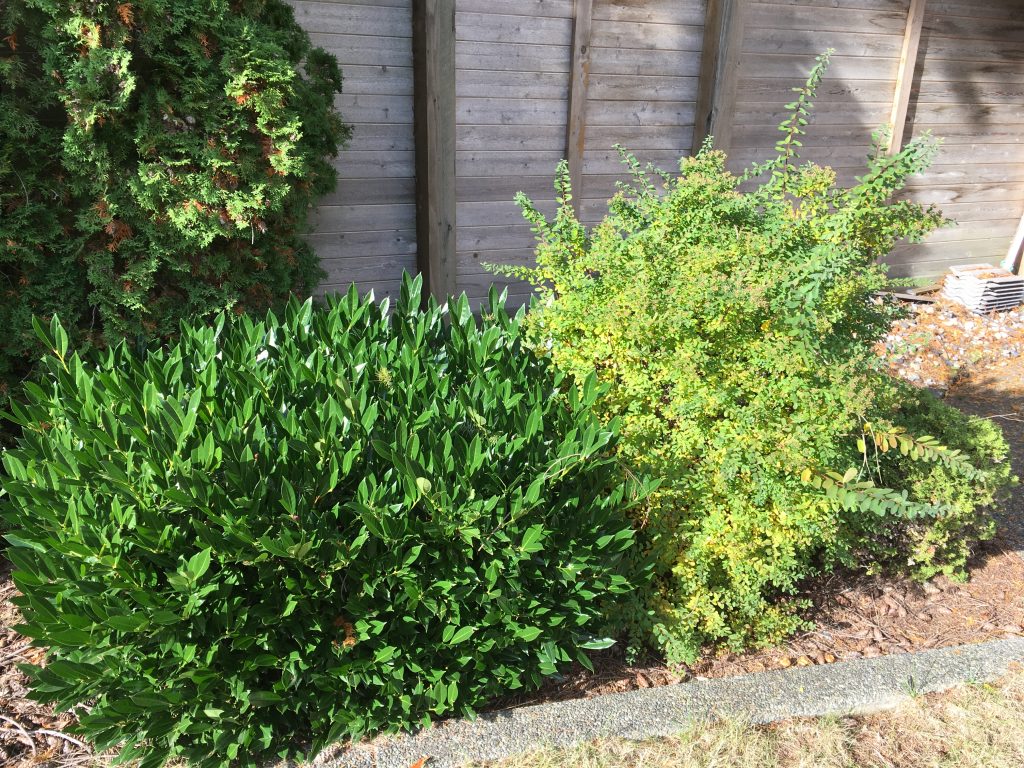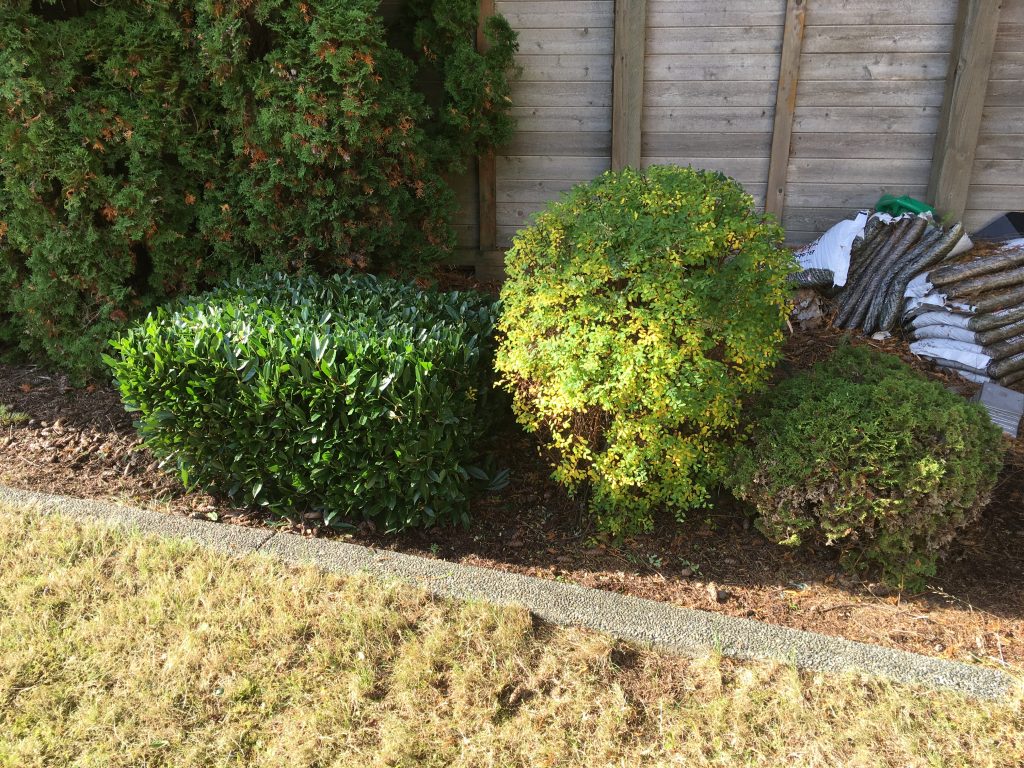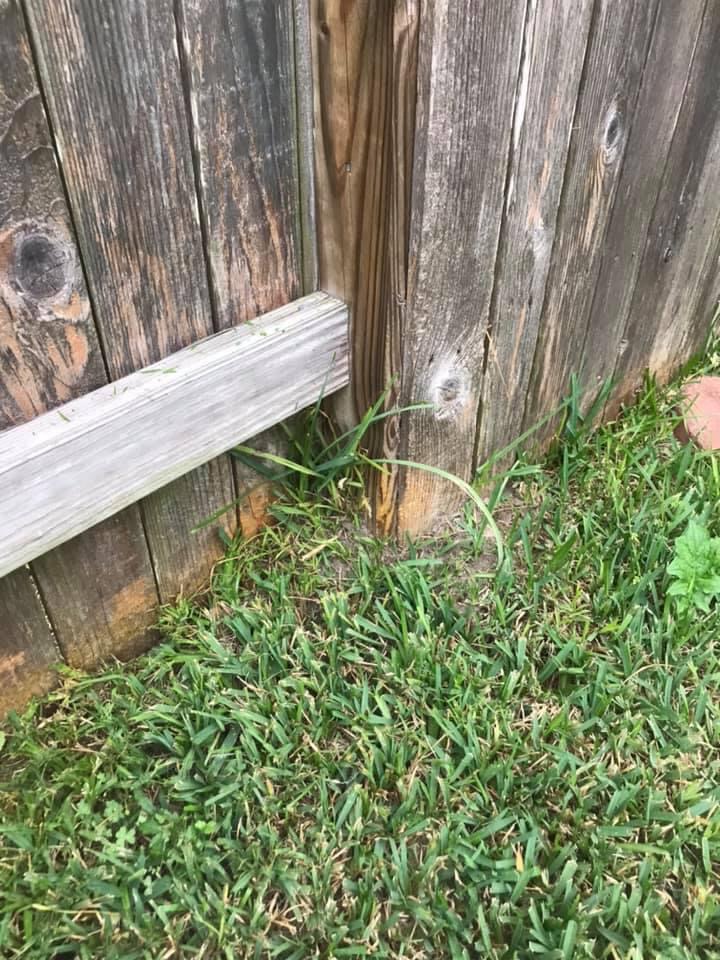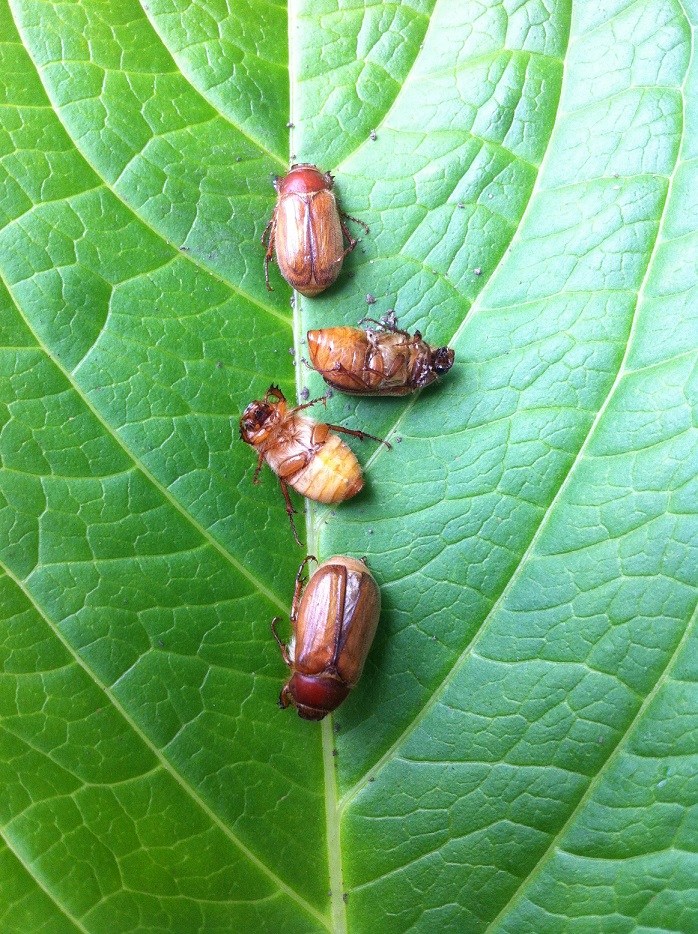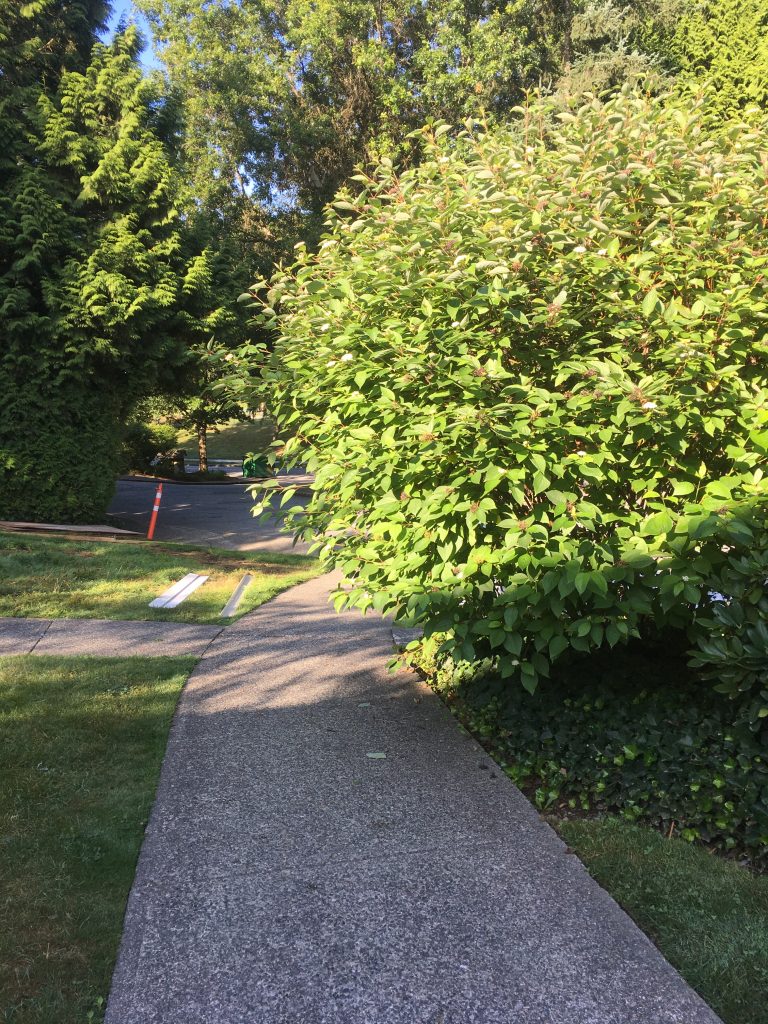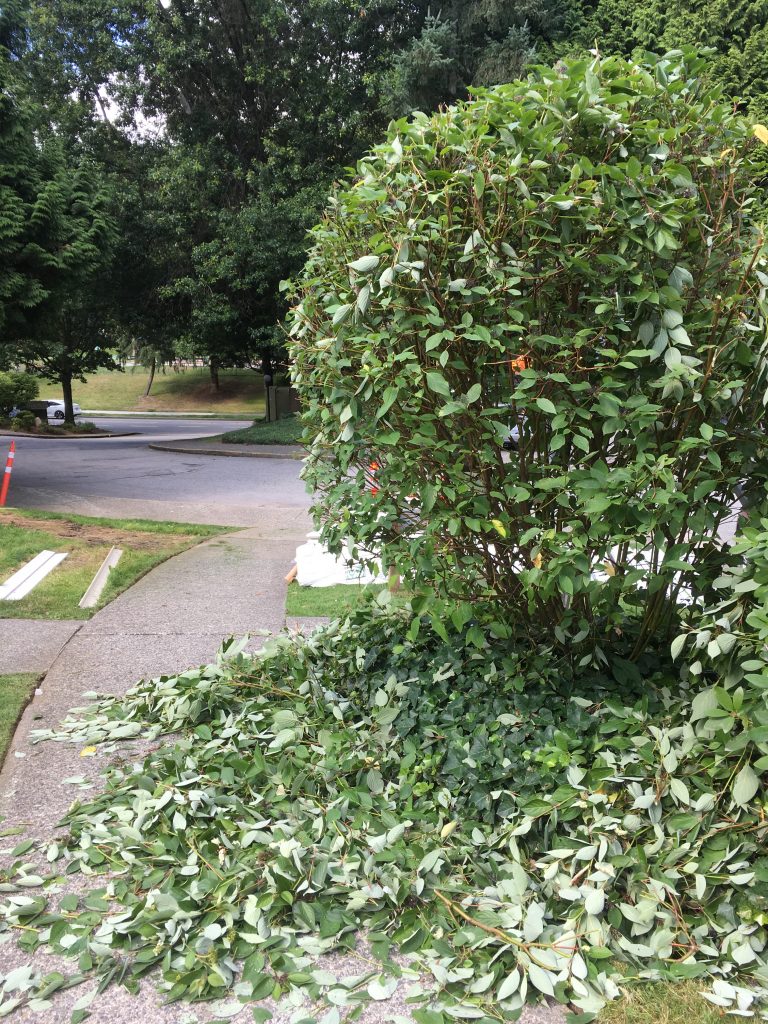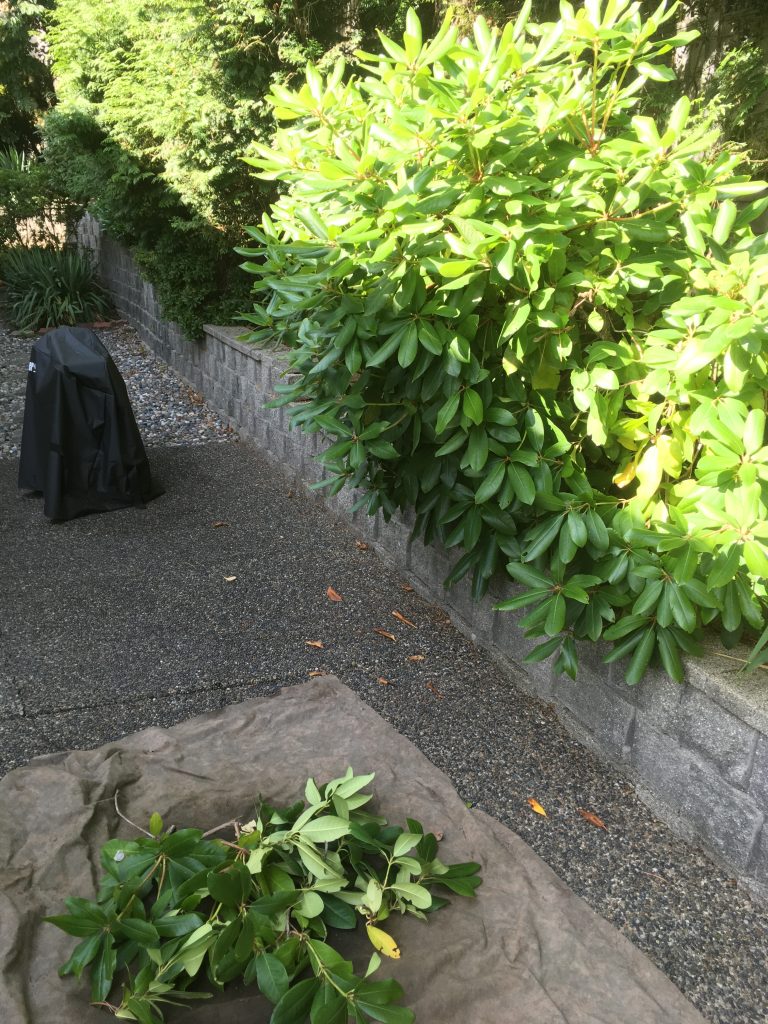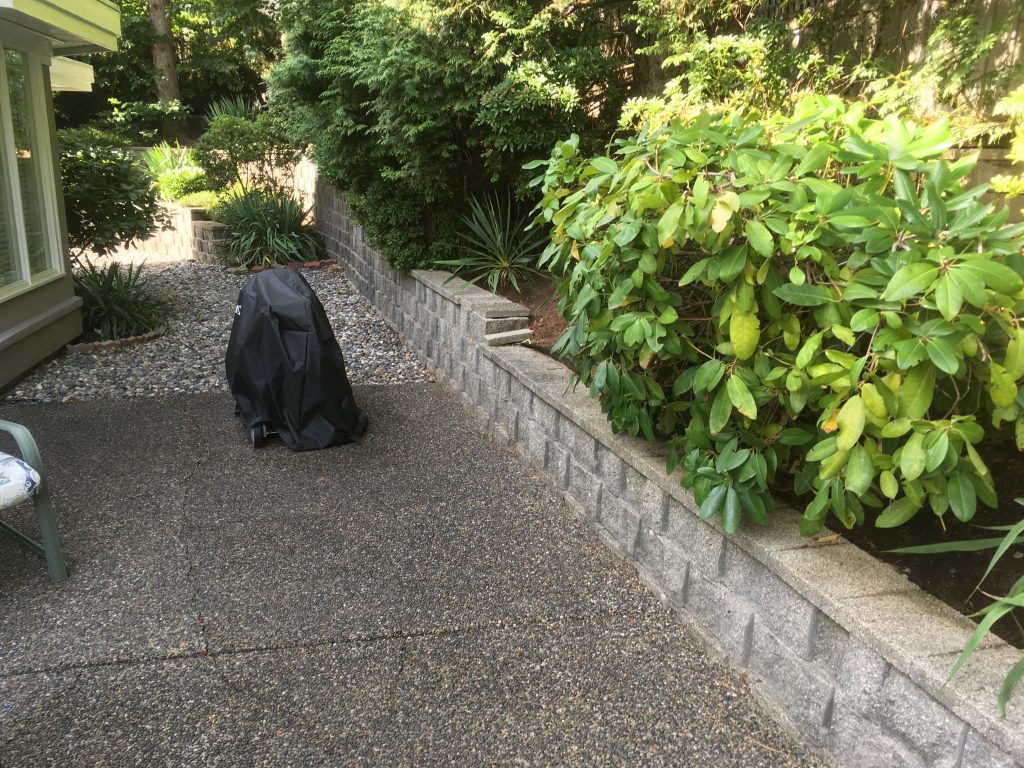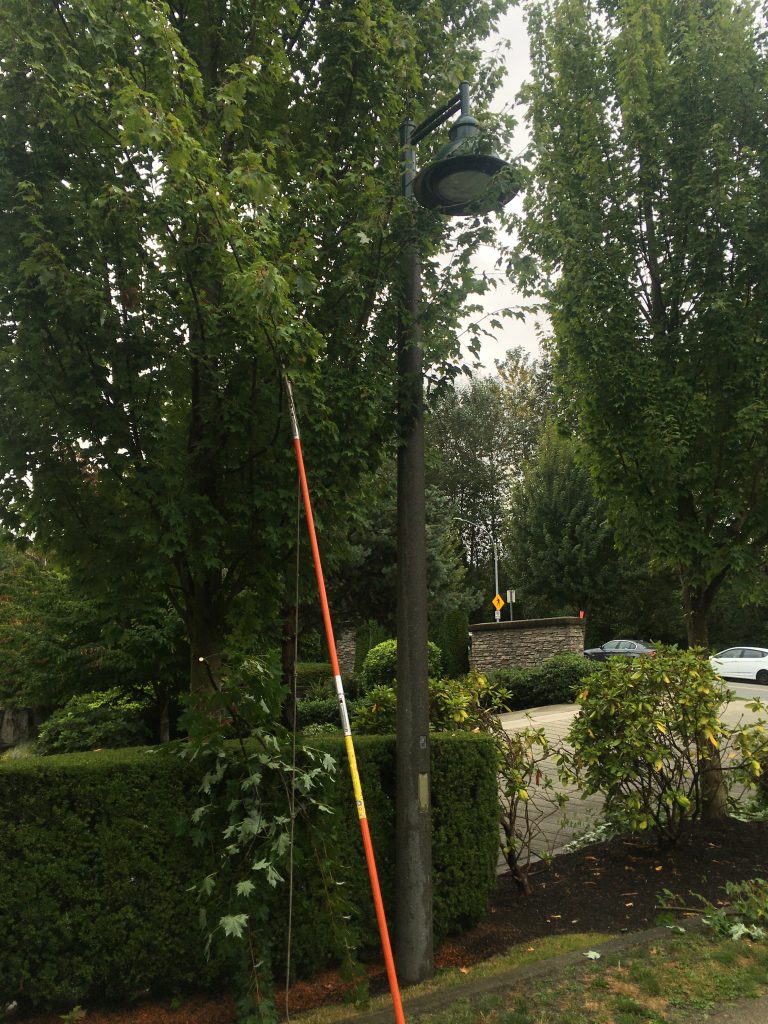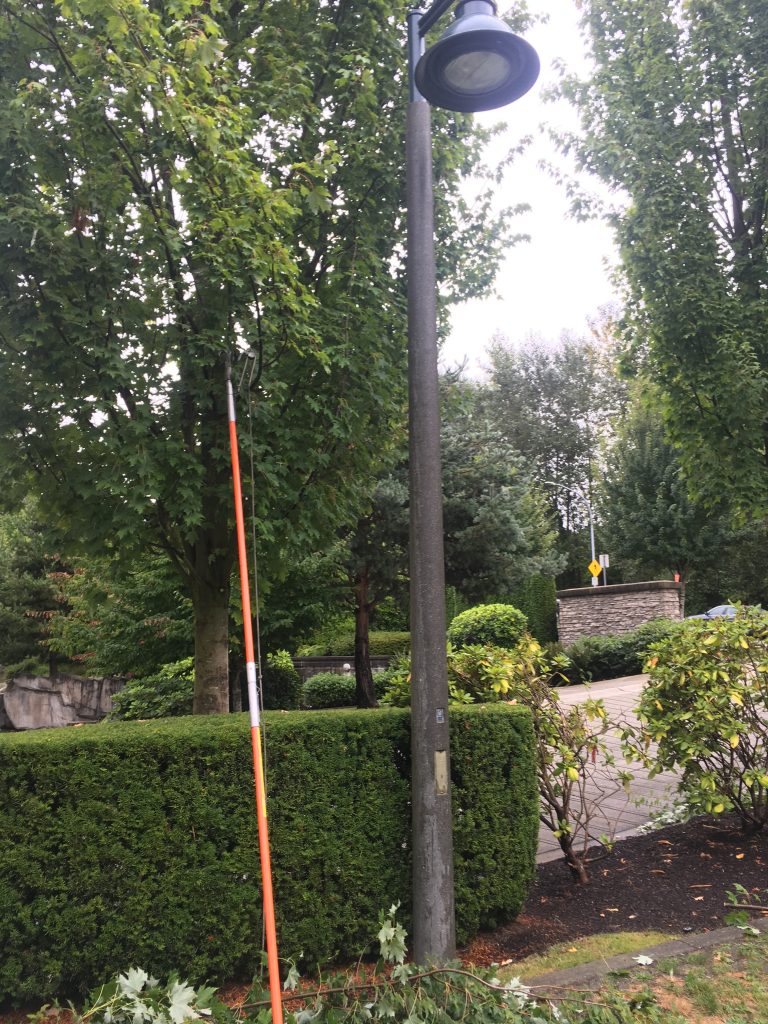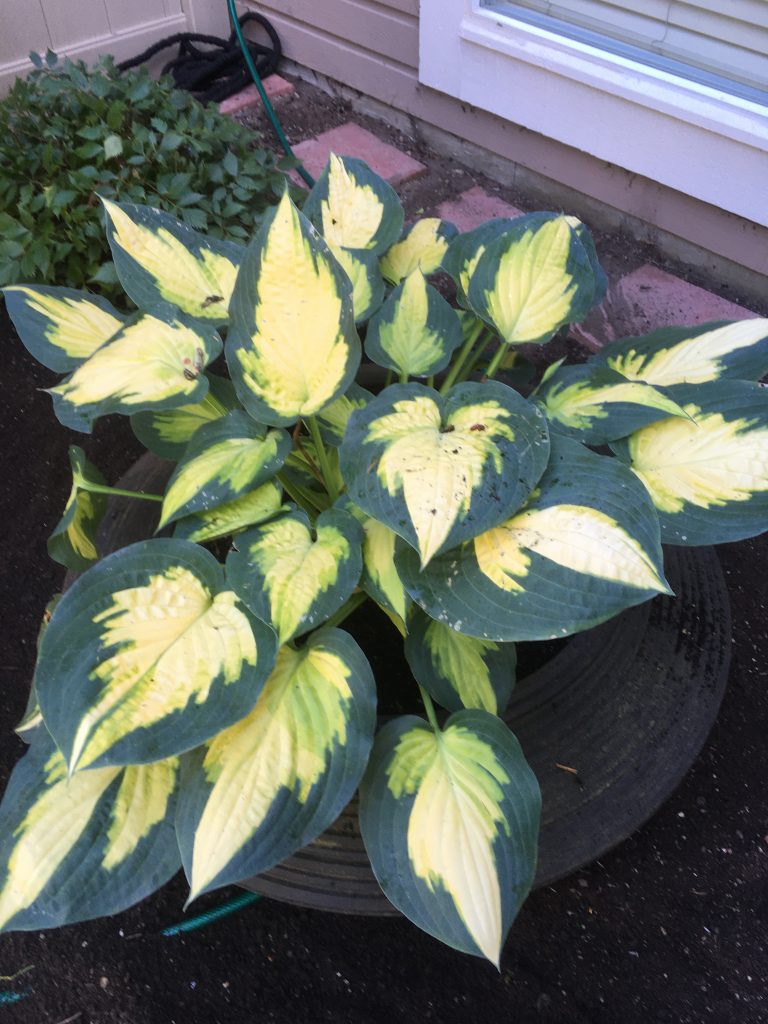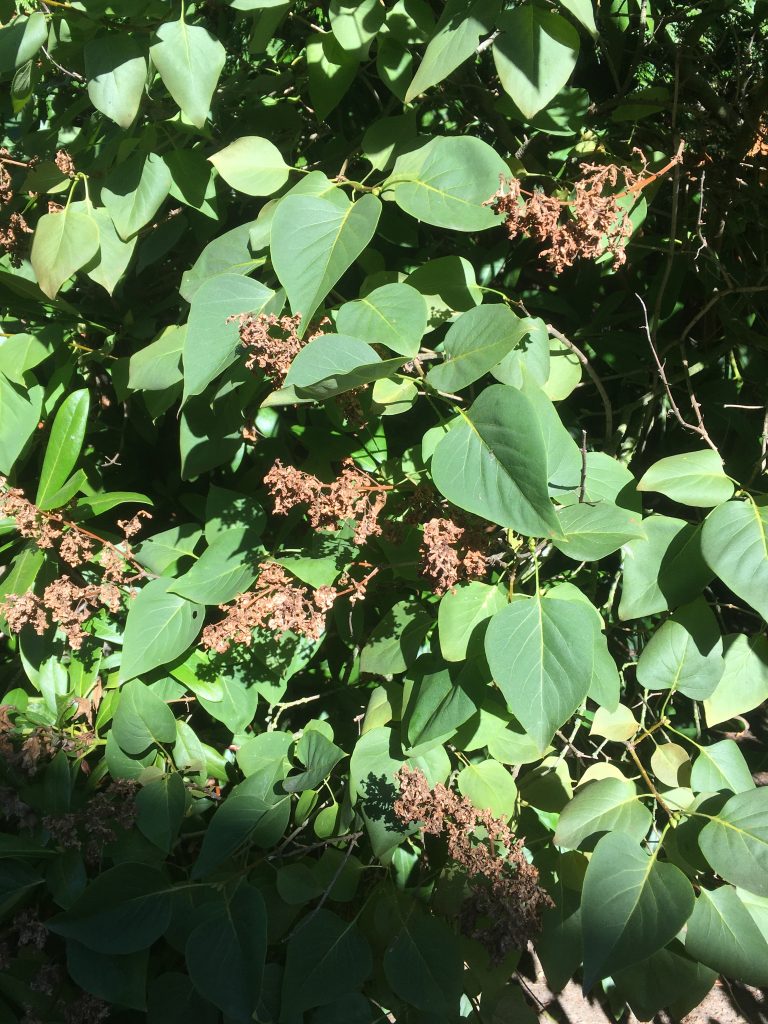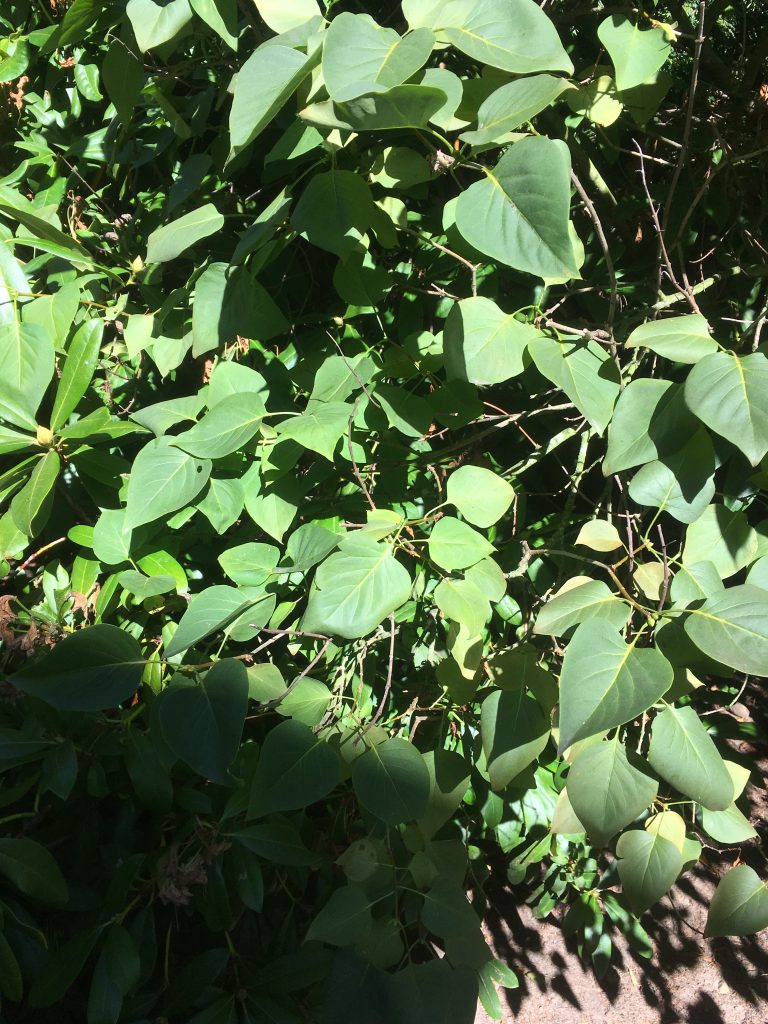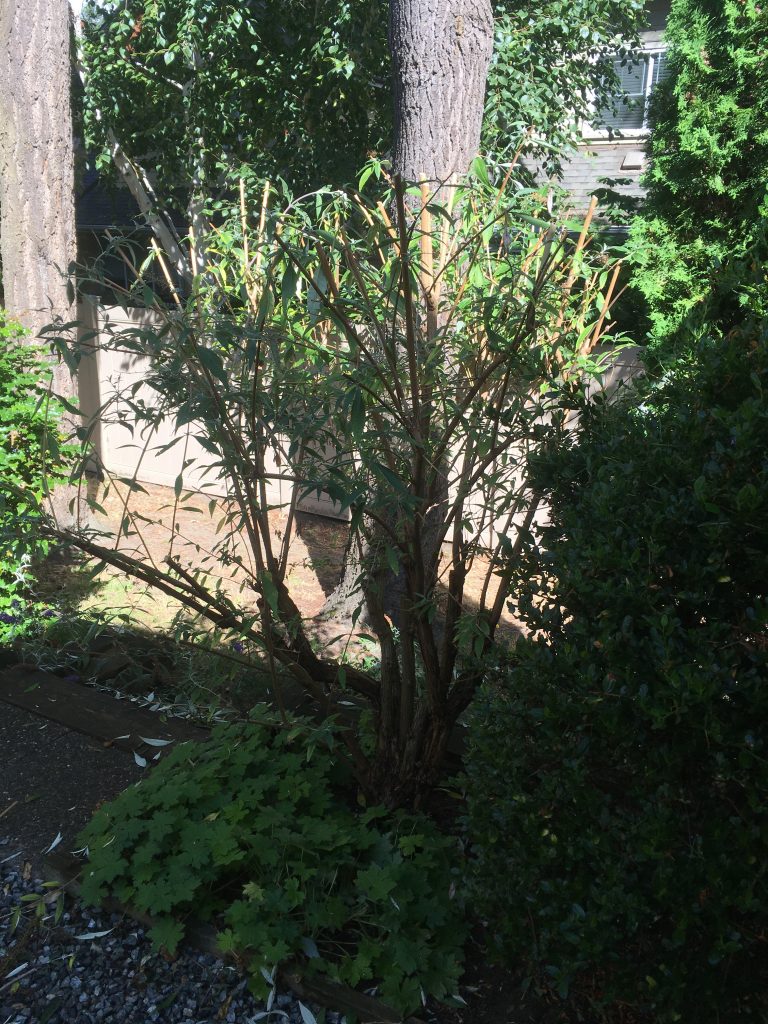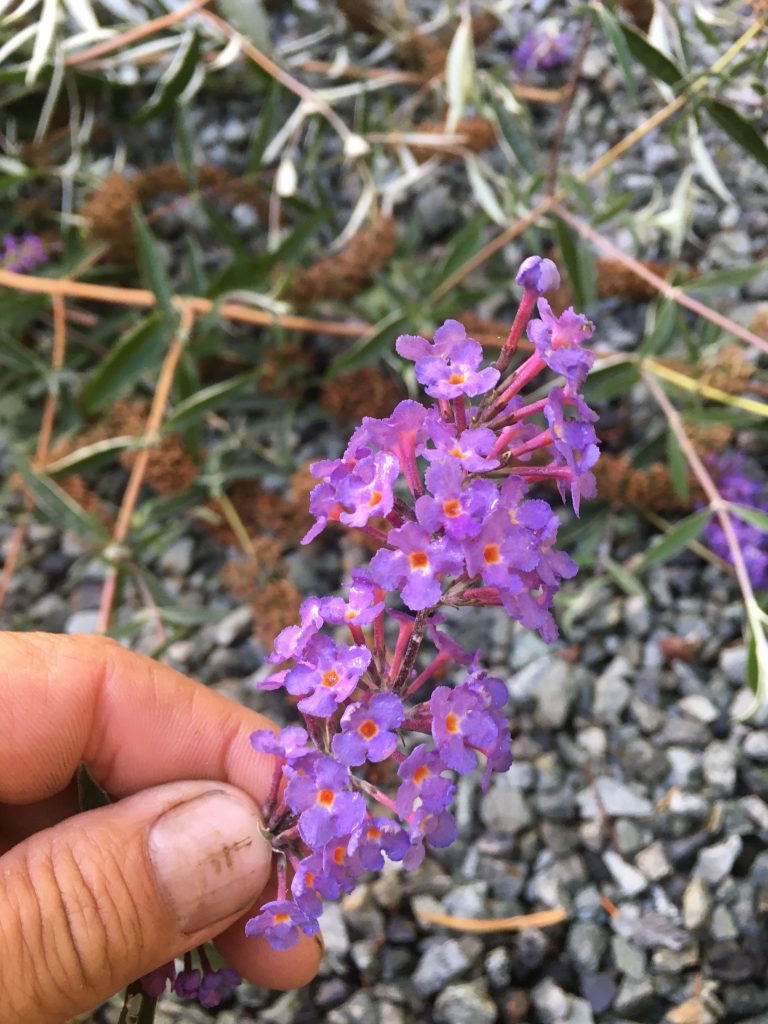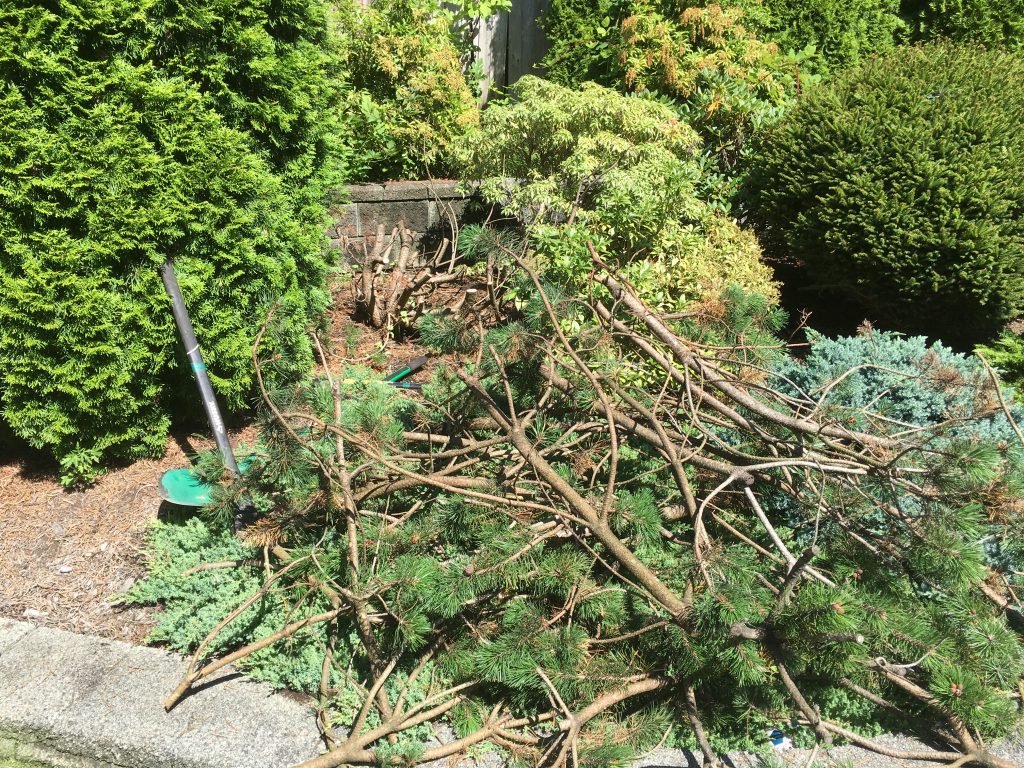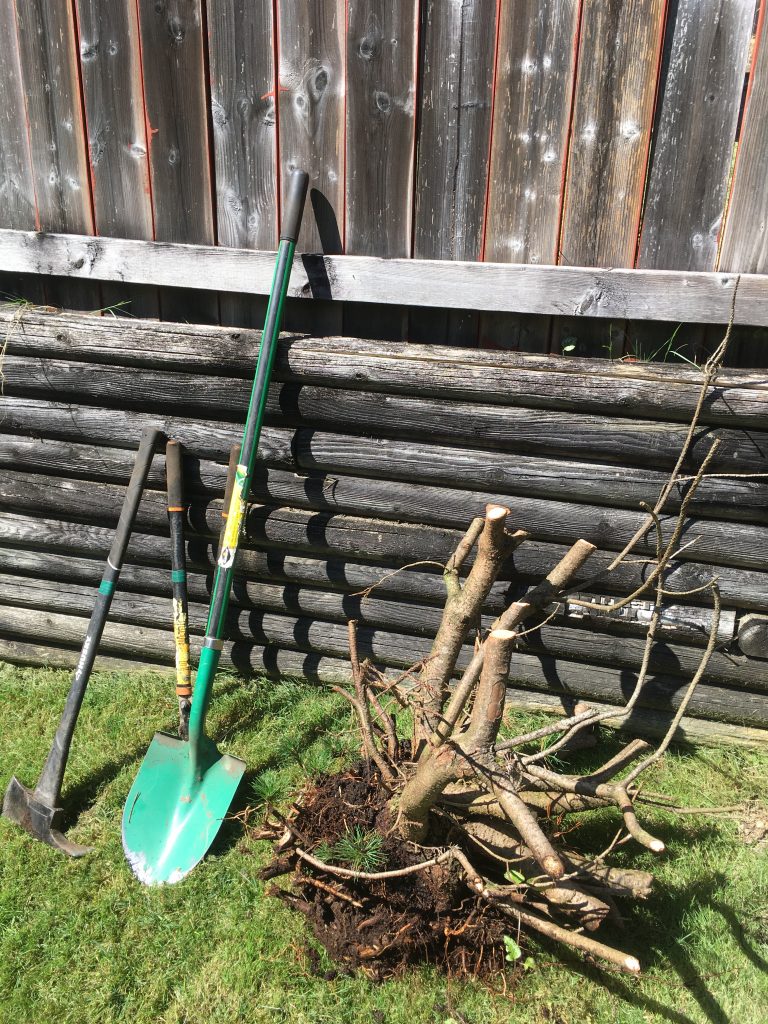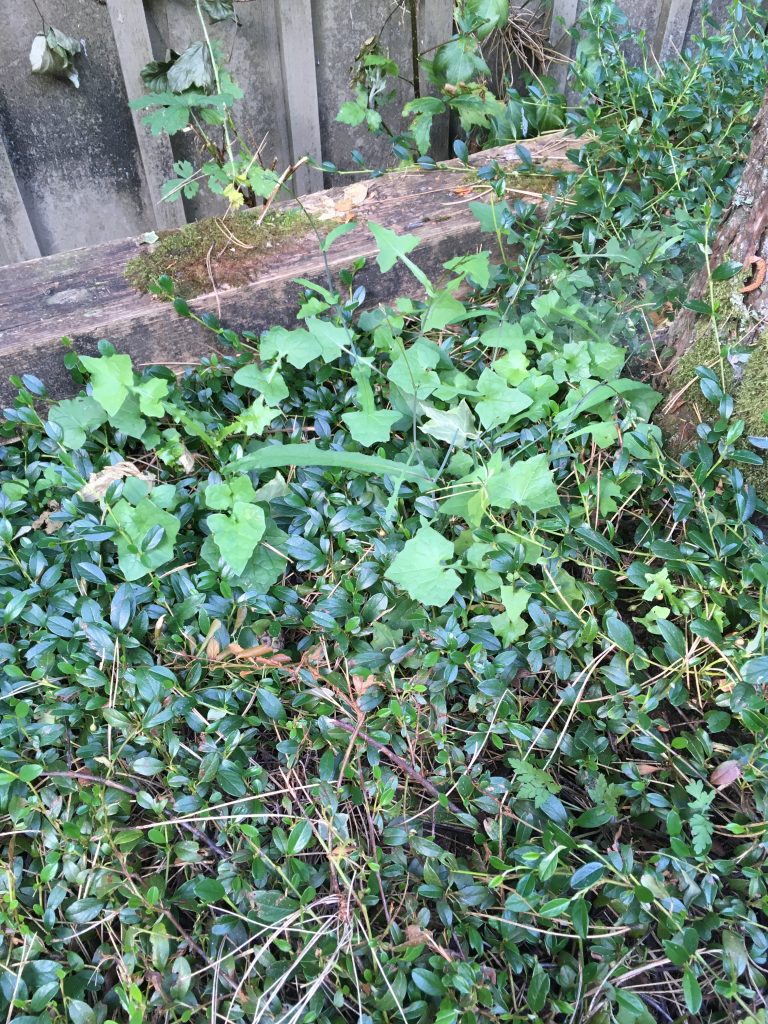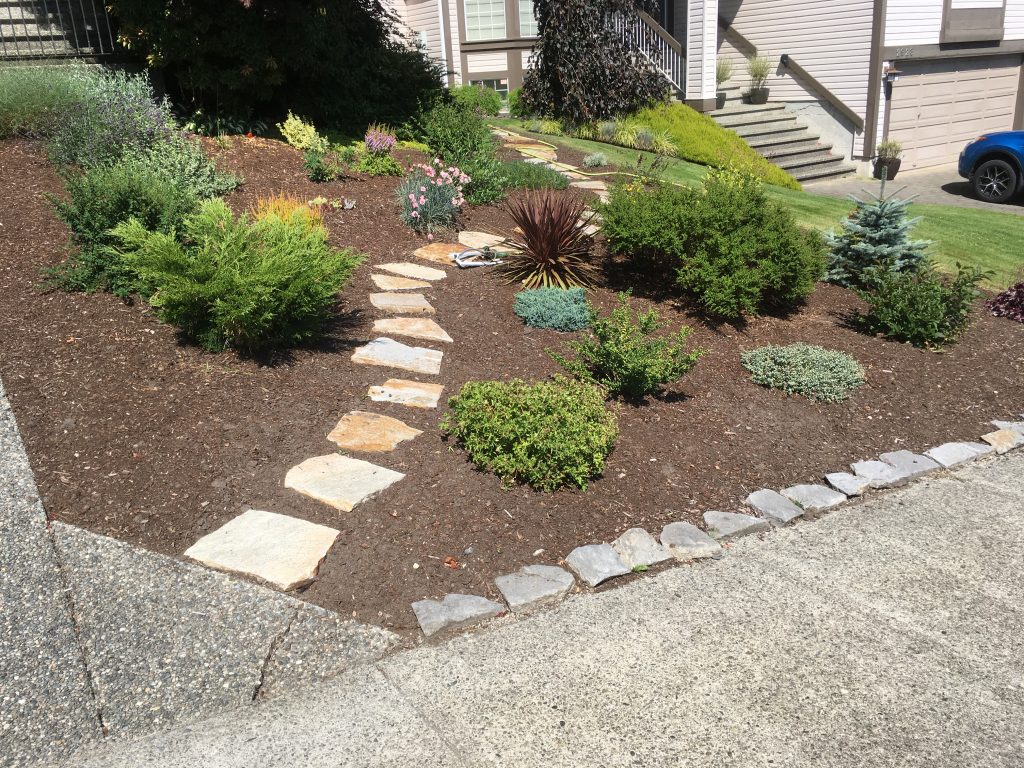The problem
I need to write this blog post but I have to do it gently, without starting a war. Now, landscape maintenance is populated by many all-stars like me: certified, experienced and opinionated individuals. And while I’m always ready to learn, there are limits. I’m only human.
One such limit is weeding. Weeding should be done with tools, not with fingers. Unless, of course, you’re picking huge trophy weeds.
It was only a matter of time before someone disagreed with me. I’ve seen and heard those people. They happily sit down to hand weed and pick away until their fingers are bruised and bleeding; or, more often than not, until they delegate this unpopular task to someone else.
A gift even Santa can’t match
Just last week, I received a huge gift. Something even Santa can’t bring.
Picture a large bed full of weeds, slightly compacted and muddy. A newly promoted working manager dropped to his knees to weed and inside one minute realized it would take him forever to hand-pick all of the weeds. So, he quickly got up and walked away.
To do what exactly?
Vindication 101
Did you get it? He brought a cultivator (A Dutch hoe to be precise: because it’s sharp and ideal for this situation) and ran it through the bed. Then he raked up the weedy mess and disposed of it. Like a pro.
He stayed on his feet, it was much quicker, the weeds got uprooted and the bed looked fluffy. Don’t forget the bonuses: his fingers didn’t hurt and the bed will stay nice longer!
(One major drawback of hand-picking weeds is that the roots often go undisturbed.)
That’s how you handle weedy patches. With tools. Like a pro. I know that some will still disagree. That’s fine. Those people will leave nasty comments before moving to other blog sites. Let them go, quietly.
Quiz
Study the picture and answer the question.
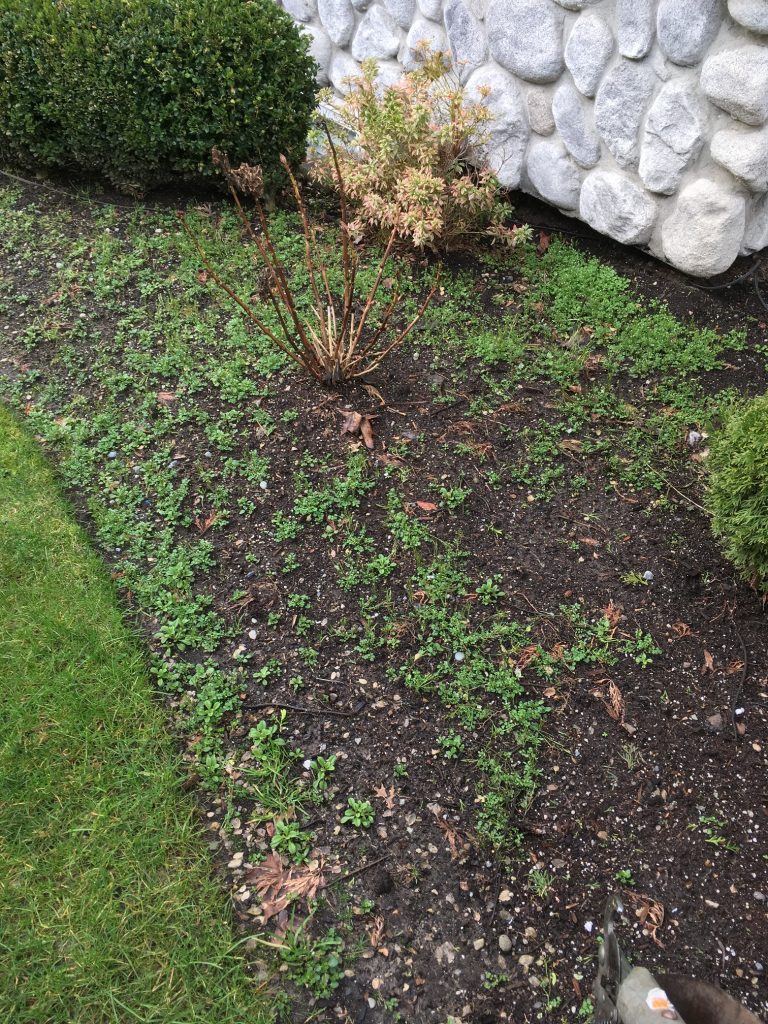
The best way to weed this bed quickly and efficiently is by…
A. line trimming the weeds and having a window repair service on speed dial
B. sitting down and using your arthritic, bruised fingers only
C. delegating this task to the most junior staff
D. using a small hand tool or a combination of cultivator and rake
Conclusion
Weeding isn’t going away, ever. So, use tools for weeding. It will save you time and your finesse work will shine. Yes, you can tell people Red Seal Vas trained you.



